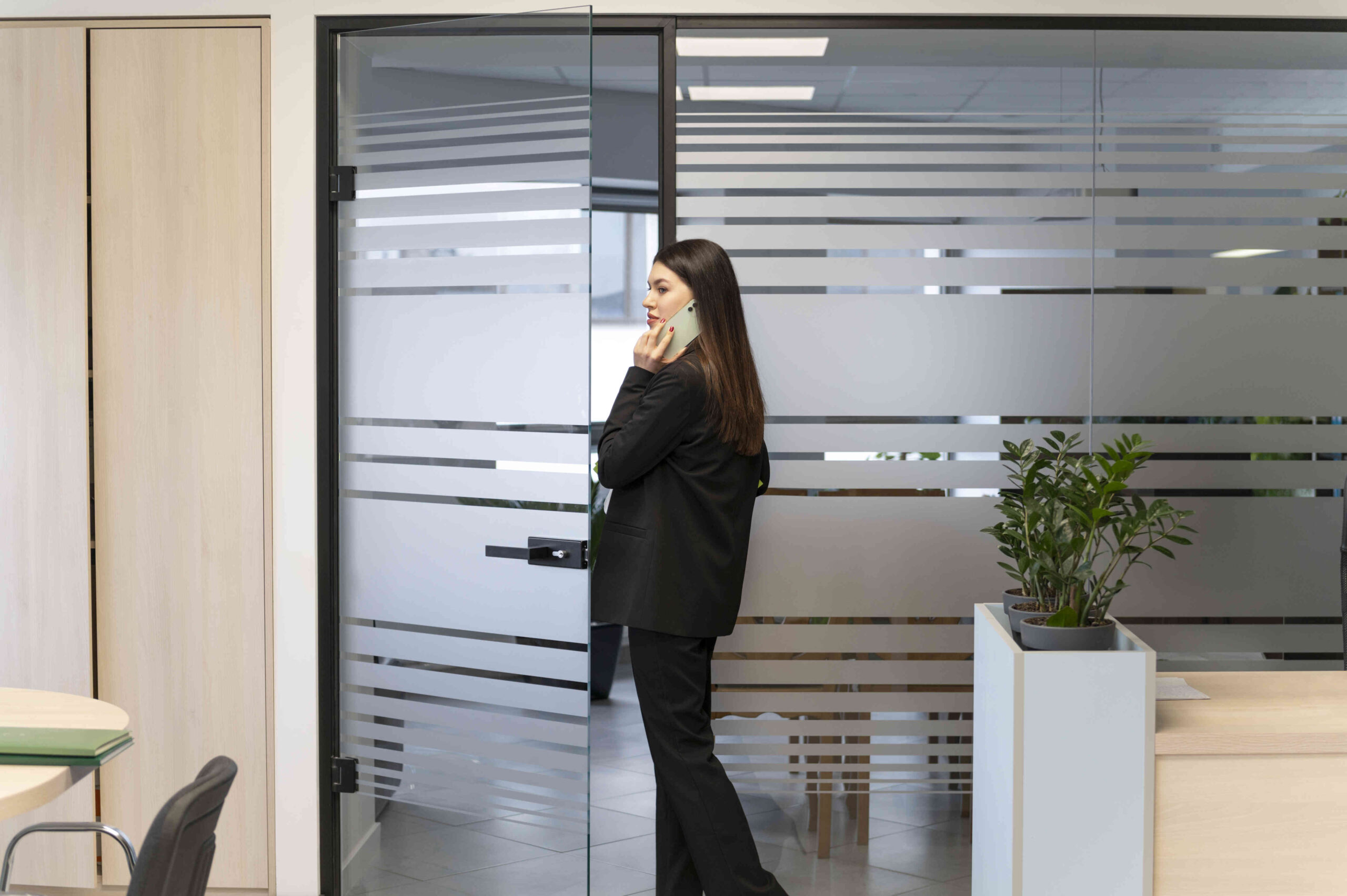Pocket Doors: A Guide to Different Types and Their Applications
Pocket doors offer a space-saving and aesthetically pleasing alternative to traditional swinging doors. They disappear seamlessly into the wall cavity when open, creating a more open and airier feel in your home. But with various types of pocket doors available, choosing the right one can be overwhelming.
This article delves into the different types of pocket doors, their pros and cons, and suitable applications, helping you make an informed decision for your next project.
1. Single Bypass Pocket Door:
As the most common type, a single bypass door consists of a single door panel that slides into a cavity in the wall. It’s ideal for smaller spaces like bathrooms, closets, and laundry rooms, offering a clean and contemporary look.
Pros:
Space-saving: Requires minimal clearance compared to swinging doors.
Simple installation: Relatively easy to install compared to other pocket door types.Cost-effective: Generally the most affordable option among pocket doors.
Cons:
Limited opening: Only half the doorway opens at a time, potentially affecting accessibility.
Soundproofing: May offer less soundproofing than other pocket door types due to the single panel.
2. Double Bypass Pocket Door:
This variant features two door panels that slide in opposite directions, revealing the entire doorway when open. It’s a good choice for wider openings like hallways or large closets, providing a more open feel and improved accessibility.
Pros:
Full opening: Offers complete access to the doorway when open.
Improved aesthetics: Creates a symmetrical and aesthetically pleasing look.
Cons:
Increased cost: More expensive than single bypass doors due to the additional hardware and wider cavity.
Installation complexity: Requires a wider wall cavity and can be slightly more complex to install.
3. Telescoping Pocket Door:
This unique type utilizes two or more door panels that slide into each other when opened, minimizing the required wall cavity space. It’s suitable for situations where traditional pocket doors lack sufficient wall space, such as narrow hallways or near existing plumbing.
Pros:
Space-efficient: Requires a smaller wall cavity compared to other pocket door types.
Ideal for tight spaces: Perfect for situations where traditional pocket doors are not feasible.
Cons:
Complexity: The mechanism can be more complex and prone to wear and tear compared to simpler pocket doors.
Cost: Often more expensive due to the intricate hardware involved.
4. Bifold Pocket Door:
Instead of sliding, a bifold pocket door folds into sections and tucks into the wall cavity. It’s often used for larger openings like room dividers or doorways leading to patios.
Pros:
Wide openings: Can be used for very wide openings, creating a more open and dramatic effect.
Variety of styles: Available in various materials and styles to complement your décor.
Cons:
Limited clearance: Requires more clearance on the door-swinging side compared to other pocket doors.
Soundproofing: May offer less soundproofing due to gaps between the folded sections.
5. French Pocket Door:
This elegant option consists of two hinged door panels that slide into the wall pockets. It adds a touch of sophistication and allows for a wider opening compared to single bypass doors.
Pros:
Aesthetics: Offers a classic and elegant look, ideal for formal settings or historical renovations.
Wider opening: Provides a wider opening compared to single bypass doors.
Cons:
Cost: Generally more expensive than other pocket door options due to the additional hardware and complexity.
Swing clearance: Requires clearance on the door-swinging side when open.
Additional Considerations:
Material: Pocket doors come in various materials like wood, metal, glass, or a combination. Consider factors like durability, weight, and aesthetics when choosing.
Hardware: The quality of hardware plays a crucial role in the smooth operation and longevity of your pocket door. Opt for high-quality hardware from reputable brands.
Fire safety: In certain locations, fire-rated pocket doors may be required for specific applications. Consult local building codes for regulations.
When to Call a Professional:
While some pocket doors are relatively easy to install, others require expertise and specialized tools. Consider the complexity of the project and your DIY skills before attempting installation yourself. For professional installation, replacement, or repair of pocket doors in Burnaby, contact Doormate at 778-998-7480. Our experienced technicians can ensure a smooth and successful installation, ensuring your pocket doors function flawlessly for years to come.
By understanding the different types of pocket doors and their applications, you can make an informed choice that complements your space, style, and needs. Remember, professional installation.

